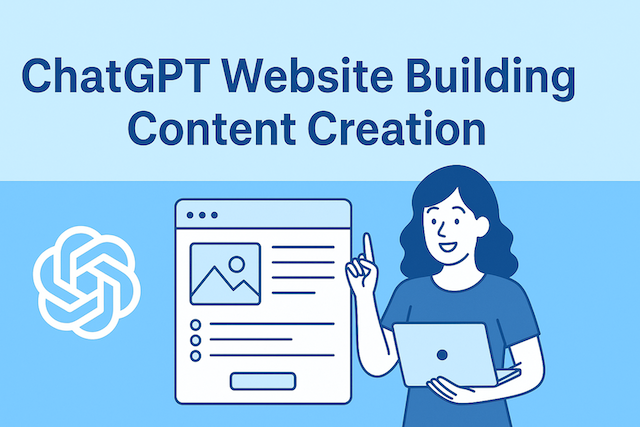️ Step 2: Use Natural Tone and Vocabulary
Once you understand what the customer wants to know, the next step is expressing it in natural, conversational English—not stiff textbook phrases or clunky translations.
Write the Way People Talk
Instead of saying:
“This product is made of high-quality materials and has many functions.”
Try something like:
“Built to last, this bottle keeps your drinks cold all day and fits perfectly in your car’s cup holder.”
Notice how the second version:
-
Feels more friendly and human
-
Highlights benefits, not just features
-
Uses simple, everyday words
Tips for Natural English:
-
Use contractions: “it’s” instead of “it is”
-
Avoid passive voice: say “It keeps drinks cold,” not “Drinks are kept cold.”
-
Choose simple words: say “use” instead of “utilize”
-
Be specific: instead of “many colors,” say “available in mint green, black, and sky blue”
Use This ChatGPT Prompt:
Step 3: Highlight Benefits, Not Just Features
One of the most common mistakes in product descriptions—especially for non-native English writers—is focusing too much on features and forgetting the benefits.
What’s the Difference?
-
Features are facts about the product.
– Example: “Made of stainless steel.”
-
Benefits explain why that matters to the customer.
– Example: “Keeps your food fresh and odor-free, even after long hours.”
Customers don’t just buy products—they buy solutions.
So, always connect features to real-life benefits.
Turn Features Into Benefits
Let’s take a basic feature and rewrite it:
Try This ChatGPT Prompt:
⚠️ Step 4: Avoid Common Translation Mistakes
If you’re translating product descriptions from another language (like Japanese), it’s easy to end up with sentences that sound awkward or overly formal in English.
Common Mistakes to Watch Out For
-
Too Literal:
-
Overuse of Passive Voice:
-
Unnatural Phrases:
✅ Use Simple, Direct Sentences
When in doubt, go for short, clear, and friendly. Think of how you’d describe the product to a friend in casual English.
ChatGPT Can Help Clean Up Awkward Translations:
Step 5: Add a Clear Call to Action (CTA)
No matter how great your product description is, if you don’t tell the customer what to do next, they might hesitate or leave the page.
That’s where a strong Call to Action (CTA) comes in.
What Is a CTA?
A CTA is a simple phrase that guides your reader toward the next step—usually buying, signing up, or clicking.
✨ Examples of Effective CTAs
-
“Add to cart now and enjoy free shipping!”
-
“Order yours today—limited stock available.”
-
“Start your skincare journey with our all-natural formula.”
-
“Try it risk-free for 30 days!”
These CTAs are:
Use This Prompt to Craft a CTA:
<div class=”prompt-block-with-buttons”> <pre class=”prompt-text” contenteditable=”false”>Please write a short, persuasive Call to Action for this product: Product: Lightweight foldable travel backpack Key features: waterproof, compact, stylish</pre> <div class=”prompt-buttons”><button class=”copy-button”>copy</button> <button class=”edit-button”>edit</button></div> </div>
❓ Frequently Asked Questions (FAQ)
Q1: Can I just translate my product descriptions from Japanese?
A: You can—but be careful. Literal translations often sound unnatural in English. Use ChatGPT to help make the tone more casual, friendly, and benefit-focused. Always read it aloud to check how it flows.
Q2: How long should a product description be?
A: It depends on the product. For simple items, 3–5 sentences may be enough. For high-value or technical products, go longer—but always stay clear and concise. Break up long text with bullet points when needed.
Q3: Should I include keywords for SEO?
A: Yes. Identify 1–2 relevant keywords (like “eco-friendly travel bag”) and include them naturally in the description, title, and meta text. ChatGPT can help you rewrite the content with SEO in mind.
Q4: What tone should I use?
A: Use a tone that matches your brand and product. Most eCommerce sites work best with friendly, clear, and slightly persuasive English. Avoid robotic or overly formal language.
Q5: Can ChatGPT really write the entire product page for me?
A: Yes—but it works best when you give it specific details about your product and audience. Combine your knowledge with ChatGPT’s language ability for best results.
Conclusion: Make Your Product Descriptions Work for You
Writing great product descriptions in English doesn’t have to be difficult—even if English isn’t your first language. By using ChatGPT as your writing partner, you can turn basic or translated content into natural, persuasive copy that actually helps your product sell.
Here’s a quick recap:
-
Start with your ideal customer in mind
-
Focus on benefits, not just features
-
Use natural, friendly English
-
Avoid literal translations and stiff phrases
-
End with a clear Call to Action (CTA)
With practice—and the right prompts—you’ll be able to create product descriptions that feel authentic, easy to read, and effective.
Ready to level up your product pages?
✨ Start writing with ChatGPT today and see the difference.
ChatGPT Website Building|Create a Website Without Coding Using AI





